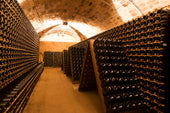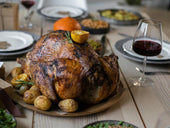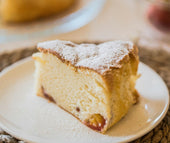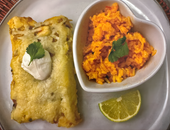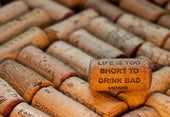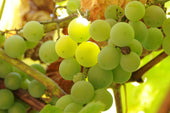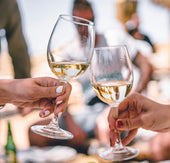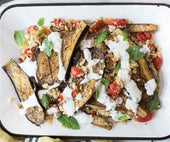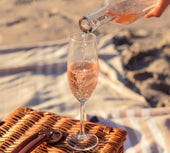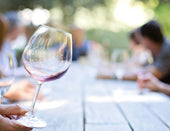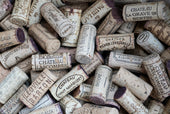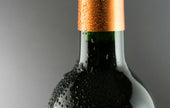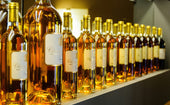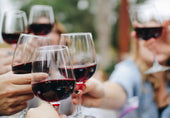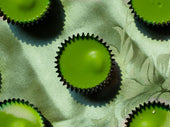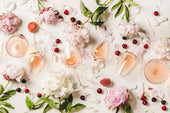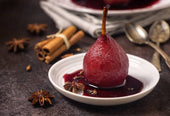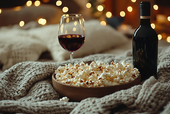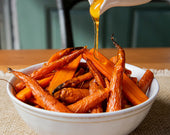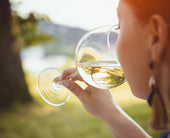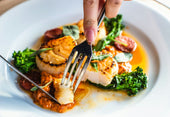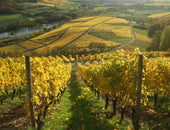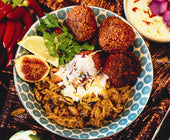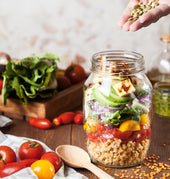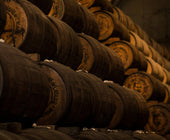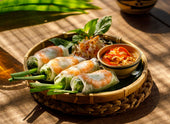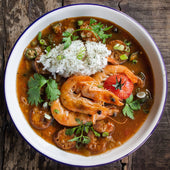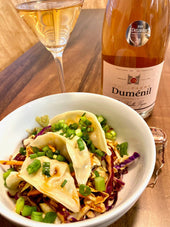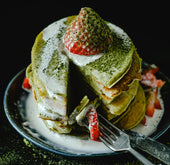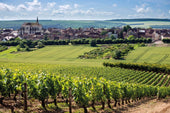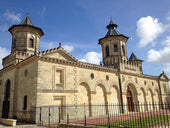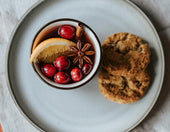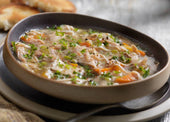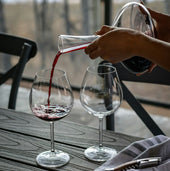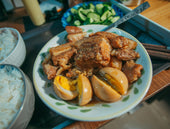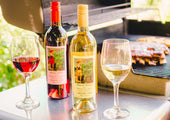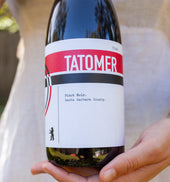
Chateaux and Gardens of the Loire Valley

Chateau de Chenonceau Photo Credit: Zimmerman Visual
Known as the garden of France, the Loire Valley is a beautiful region that follows the meandering Loire River. This area is vast and full of gentle rolling hills, abundant rainfall and fertile soil. Easily accessible by train or car from Paris, the Loire offers romantic castles, delightful gastronomy and not to mention some of the best white French wines.
The Loire Valley can be divided up into three distinct regions: Upper, Middle and Lower. Upper Loire is known for Sancerre and Pouilly-Fume grown on chalky soils. Touraine, Vouvray, Chinon, and Saumur located in the Middle Loire offers Sauvignon Blanc, Cabernet Franc, Chenin Blanc and Sparkling wine. The Lower Loire is closest to the ocean and is famous for it's crisp Muscadet white wines made from Melon de Bourgone grapes.
Chateau de Chenonceau
Historical evidence suggest that Romans planted the first vineyards in the Loire Valley during the 1st century. Not only did Romans leave behind winemaking, much of the chateaux have Romanesque characteristics in the architecture. In the 13th- 17th century, the French aristocracy made Loire a summer retreat and built numerous lavish chateaux. One of the best known chateaux of the Loire Valley is Chateau de Chenonceau located in the small village of Chenonceaux. It is one of the only two chateaux ever built directly over the river beds in the Loire. Through out history, this historical site has gone thru the hands of King Francis I, Diane de Poitiers, and Catherine de' Medici. Louis XIV was the last king to visit in 1650, and ultimately Chenonceau landed in the hands of a private individual and essentially saved from the destruction during the French Revolution.
Compared to other chateaux, Chenonceau is smaller in scale and unique in that the entire castle serves as a bridge across the river. All of the rooms are well preserved and the kitchen is certainly interesting with a collection of antique copper kettles and pots. This kitchen is considered among the finest example of Renaissance kitchens in the world, with immense oven, knives, cooking molds, hooks and chopping blocks.
An onsite restaurant serves local delicacies such as mushroom, pike perch with white wine butter sauce, goat cheese from Chavignol, fresh apple tart. Of course you can always bring your own and have a picnic in one of Chenonceau's lovely maze gardens. Local Sauvignon Blanc from Touraine made in the same village and neighboring towns are great wines to enjoy.


Antique kitchenware at Chenonceau

Chenonceau's garden


Chenonceau interior
Chateau de Villandry
Less than 30 minutes west of Chenonceau is the lovely Chateau de Villandry. A World Heritage Site, Villandry was built on the site of an ancient fortress and later reconstructed in the 14th century where King Philip II of France once met Richard I of England to discuss peace. Currently the Carvallo Family owns Villandry and has restored the French styled gardens with ornamental flowers and low box hedges creating unique patterns.
Much of the interior has been well kept by the grandson of the owner is true to it's French Renaissance period. However the main attraction at Villandry is it's outside landscape. The gardens of Villandry adjoin the chateau’s façades. They are split between three levels, each containing a different kind of garden: the Kitchen Garden, the Water Garden and the Ornamental Garden. In addition to these gardens, a small hill rises behind Villandry, connecting the chateau to more natural settings to explore.



Gardens at Villandry

Dining room Villandry
Chateau de Montreuil-Bellay
Just 10 miles south of the town of Saumur, is the privately owned historical monument Chateau de Montreuil-Bellay. Held in the hands of the same family since 1822, this medieval citadel is situated on a hill overlooking the town and the Thouet river. Originally constructed in the 11th century, Montreuil-Bellay was known as an impenetrable site on the front lines of battle between England and France. Protected by a 1900 ft wall, 13 auxiliary towers and a moat gave it a strategic advantage. The interiors are furnished with medieval and early Renaissance pieces as well as a medieval kitchen and central hearth.
Montreuil-Bellay may not have the ornate display found at the other chateaux, but it does keep it's true to character charm. Since the location is slightly off the beaten path, you can experience the vast countryside that Loire has to offer.
A visit to the Loire is a must if history, architecture, food and wine allures your interest. Jump start your research by tasting a glass of Sauvignon Blanc from the Loire. This classic pairing will go well with sea bass, perch, trout, code, halibut, shellfish, soft goat cheese, asparagus quiche, white bean casserole and any fresh herbs.



Chateau de Montreuil-Bellay

